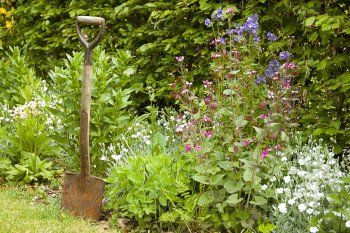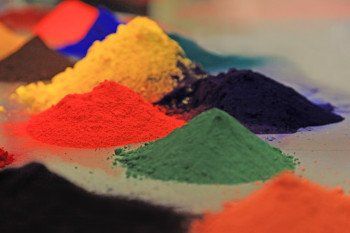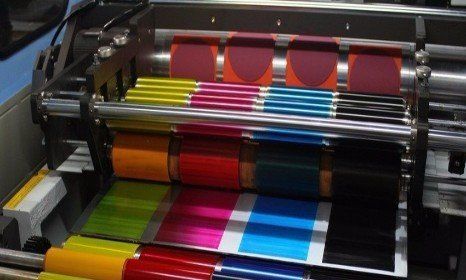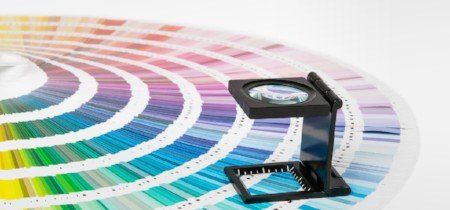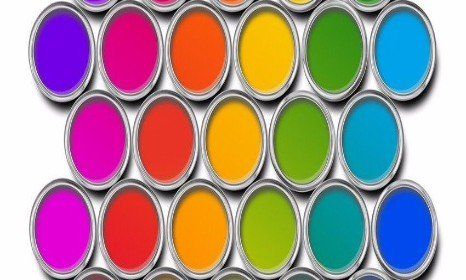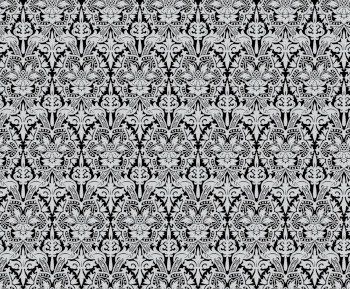Historical facts about the evolution of paint
- By Centre Colours
- •
- 14 Jan, 2019
- •
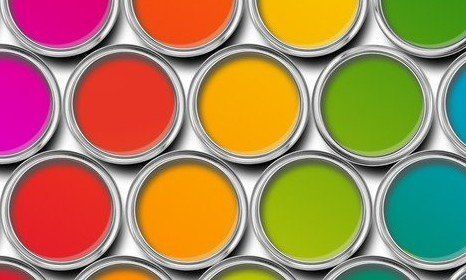
Paint has gone through many changes over the years before finding itself in its current form. But there’s one thing that has remained consistent - our love for the vibrant colours it brings to our lives and environment.
Check out our list of historical facts to see how paint has evolved since its inception:
● Since as far back as 38,000 B.C., people have been using paint for their walls. Granted, it was used for the walls of their caves back then and made of a mixture of mud, soot, and animal fat, but the purpose was the same as it is now.
● From the 1600s to the 1800s, most house paint was using either oil or water as a base, depending on what was more suitable for the colour. Water-based paints were primarily used on ceilings and walls, while oil-based paints were used for the decoration of joinery.
● By the 1800s, most paint mills were powered with steam. This was also the time when non-toxic white pigment was invented as an alternative to poisonous lead. Towards the latter end of the 19th century, paint companies started to use roller mills for manufacture.
● By this point, manufacturing large quantities of paint had become easier than ever before. This was primarily due to the increasing use of linseed oil which proved to be an inexpensive binder.
● Linseed oil also made house paint more of a protective varnish of surfaces. It was now normal practice to decorate your home with paint, not just for aesthetics but also to protect wooden surfaces from rotting.
● During World War II, house paint went through another significant development. As linseed oil grew limited, manufactures developed artificial resins by mixing alcohol and acids. This paint proved to be cheap and durable and quickly became a popular replacement for oil as a paint base.
● These days, most contemporary house paint is water-based. However, milk paint, which was widely used in the 1800s, is also making a comeback thanks to its eco-friendly nature.
Interesting in finding out more about our pigment dispersions offering? You can arrange an appointment to visit us at Units 5 & 6 in the Bypass Park Estate, Sherburn-in-Elmet, Leeds, LS25 6EP. All you need to do to book an appointment is give us a call on 01977 685 458, and our friendly team would be more than happy to help.

